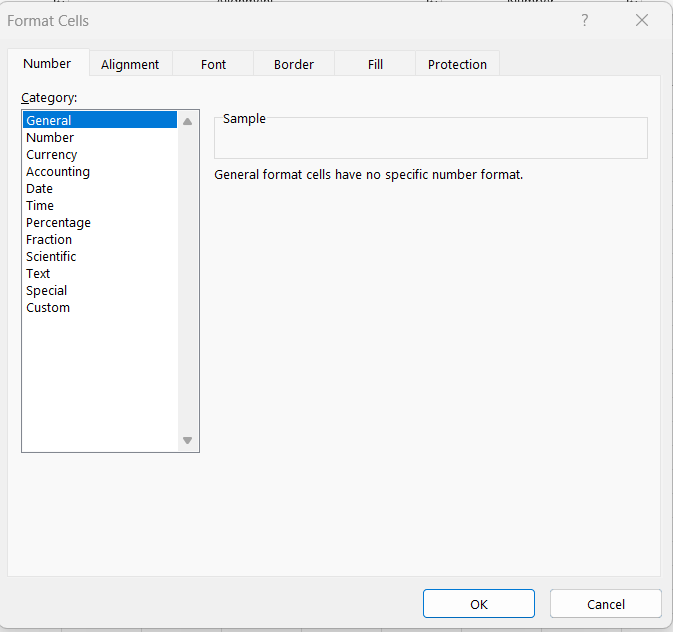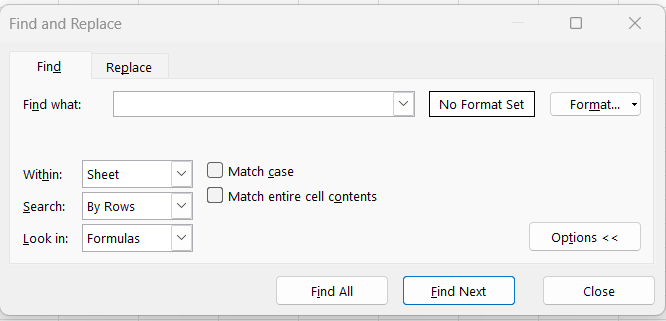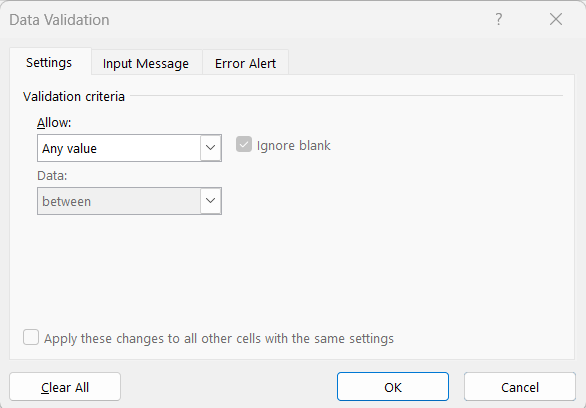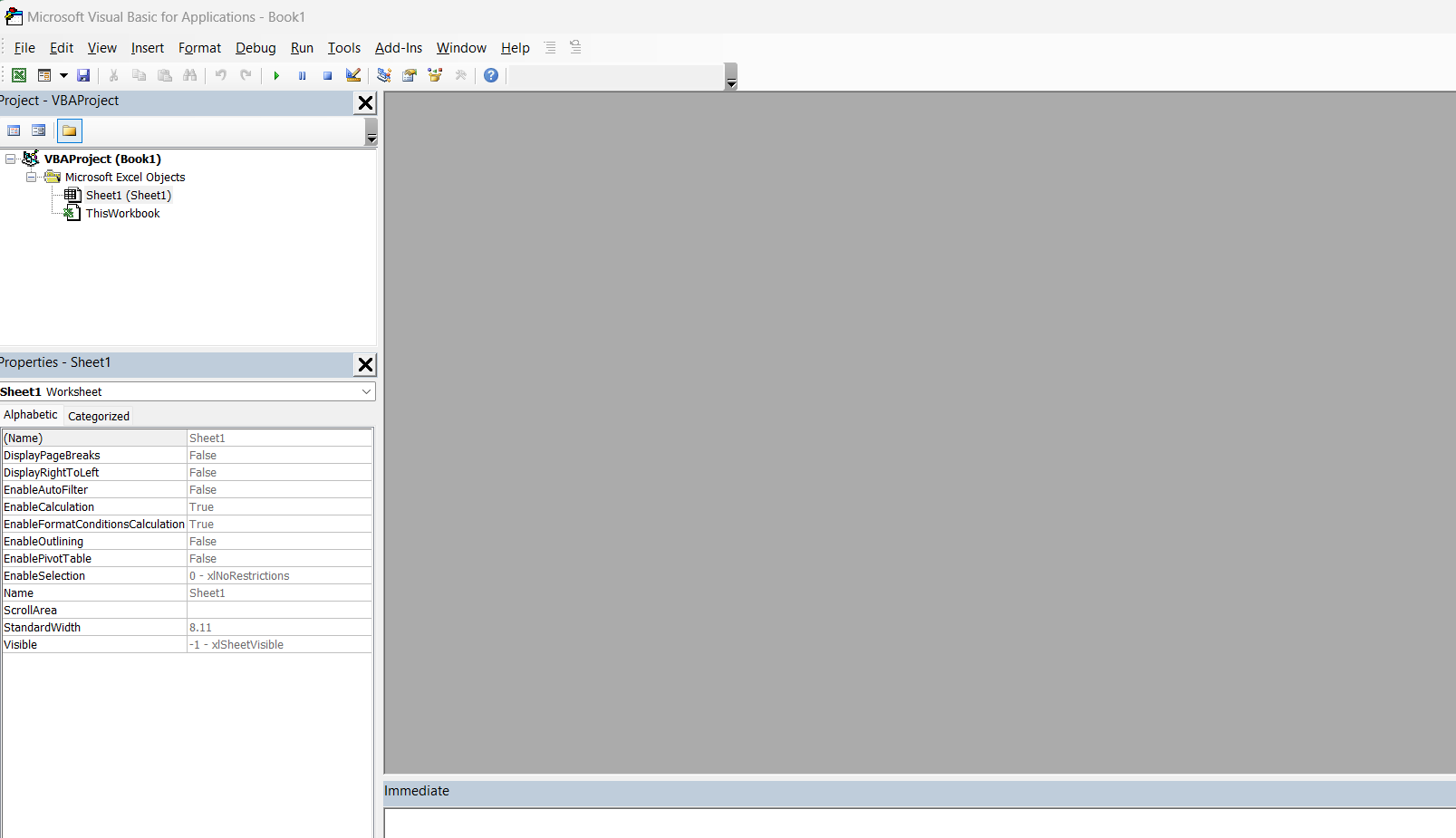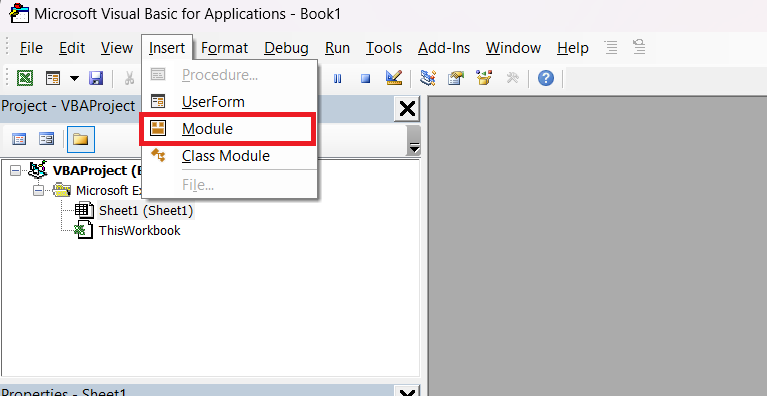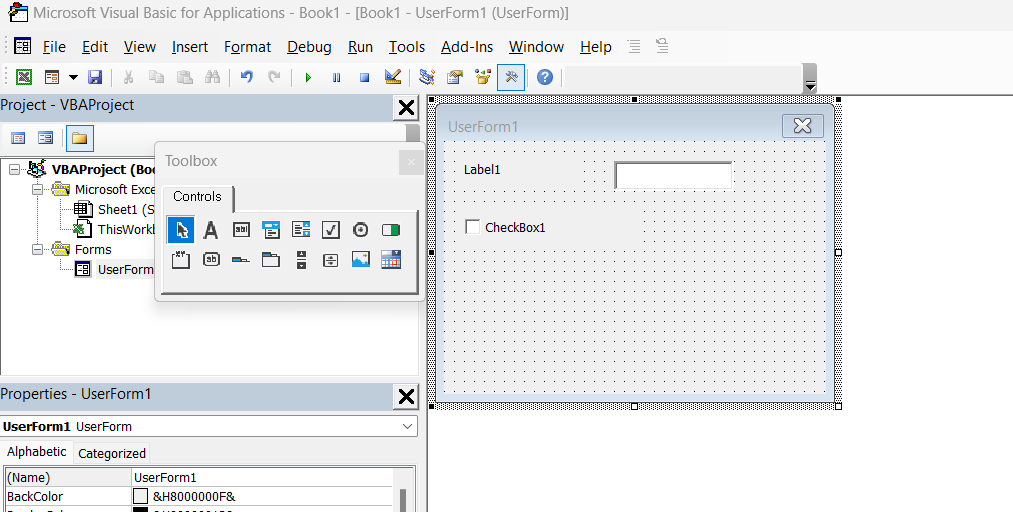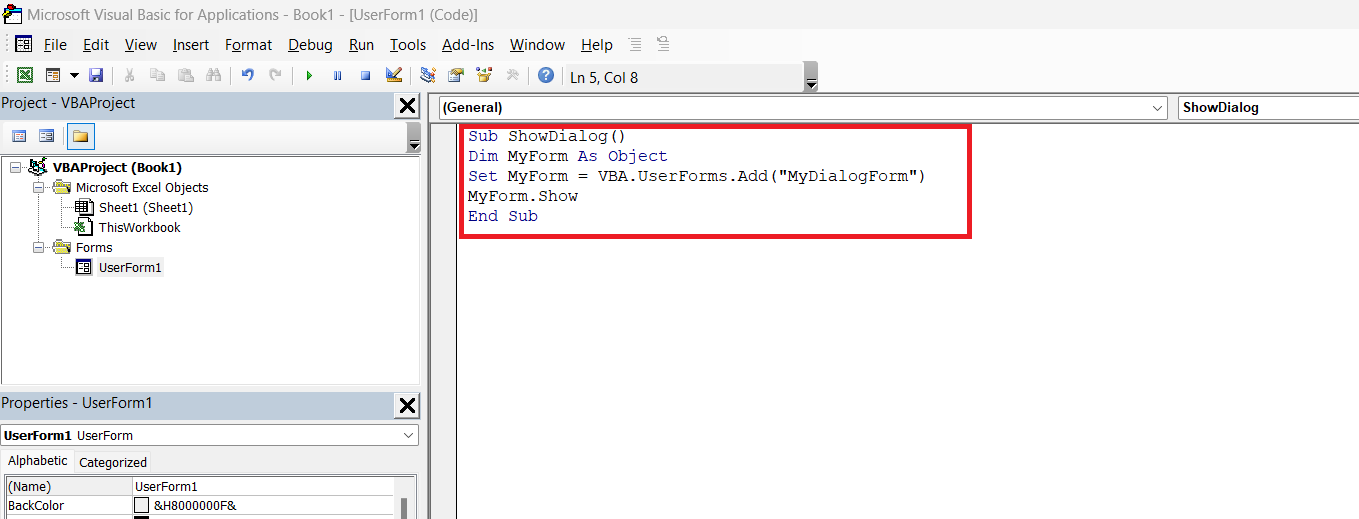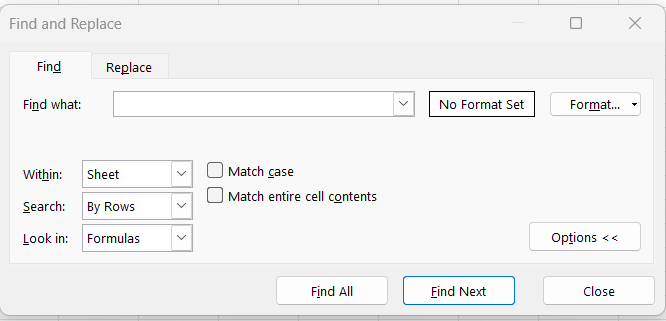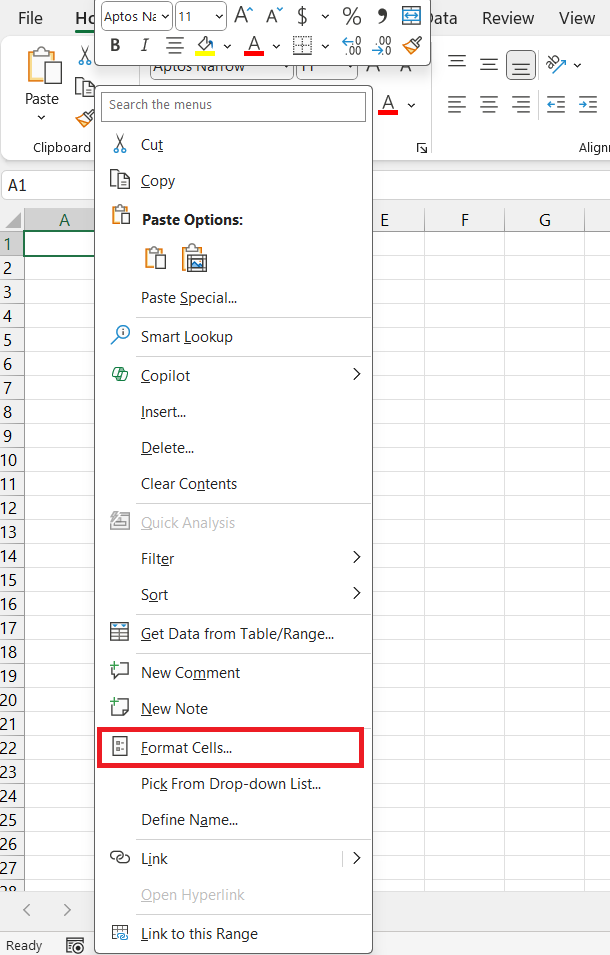When I work in Excel, dialog boxes are one of the most useful tools I frequently interact with. These boxes pop up to help me enter information, make selections, or configure settings. Essentially, they act as a gateway for me to communicate with Excel and tailor it to my needs. Let me walk you through everything you need to know about dialog boxes and how to use them effectively.
Key Takeaways:
- Dialog boxes in Excel act as communication tools, prompting for input or confirming actions to execute tasks effectively.
- Common dialog boxes include Format Cells, Find and Replace, and Data Validation, each tailored for specific functions.
- Features like tabs, dropdowns, and input fields in dialog boxes simplify navigation and data entry.
- Custom dialog boxes with VBA enhance flexibility and automation, making repetitive tasks more efficient.
- Accessing dialog boxes can be done via the Ribbon, keyboard shortcuts, or right-click menus for streamlined workflows.
Table of Contents
Introduction to Excel Shortcuts
What is a Dialog Box?
A dialog box in Excel is a small window that appears to prompt me for input or to confirm an action. It’s typically used when Excel needs additional information from me or when I need to configure a specific feature. For instance, when I’m applying formatting or running a macro, a dialog box ensures that I’ve made all the necessary selections.
Key Features of Dialog Boxes
Here’s what I find most useful about dialog boxes:
- Tabs and Sections: Many dialog boxes, like Format Cells, are organized into tabs, making it easy for me to navigate.
- Dropdowns and Checkboxes: These let me choose options without typing.
- Input Fields: I can directly type values, like specifying a number format.
Understanding the Role of Dialog Boxes
Dialog boxes are integral to the Excel experience, acting as intermediaries that facilitate our interactions with the program’s rich feature set. In essence, they’re the communicators: delivering information, flagging potential issues, and collecting user inputs.
From confirming an action to inputting vital data points, these dialog boxes ensure that our commands are executed precisely and safely, preventing unintended changes and data loss. They’re tailored to keep us informed and in control of the complex processes that Excel undertakes, making them indispensable tools in our data manipulation arsenal.
Understanding how to manage these dialog boxes effectively can greatly enhance my productivity and reduce potential frustration during data management tasks.
Types of Dialog Boxes in Excel
Excel offers various dialog boxes, and I’ve categorized them into the following types:
Built-in Dialog Boxes
These are predefined by Excel and handle most of my common tasks.
- Format Cells – I use this to change the appearance of text, numbers, and borders.
- Find and Replace – This helps me search for data and make edits quickly.
- Data Validation – I rely on this to set rules for the type of data that can be entered in a cell.
Custom Dialog Boxes
Sometimes, I create custom dialog boxes to suit my needs, especially when using VBA (Visual Basic for Applications). These dialog boxes give me greater flexibility and help automate repetitive tasks.
Let me show you how I do it:
STEP 1: Press Alt + F11 to open the VBA editor.
STEP 2: Click on Insert > UserForm to create a blank dialog box.
STEP 3: Using the toolbox, I drag and drop buttons, text boxes, and other controls onto the form.
STEP 4: Write VBA code to define how the dialog box interacts with the workbook.
Sub ShowDialog()
Dim MyForm As Object
Set MyForm = VBA.UserForms.Add("MyDialogForm")
MyForm.Show
End Sub
How to Open a Dialog Box
Opening a dialog box in Excel is straightforward. Here are some methods I frequently use:
Using the Ribbon
Most dialog boxes are accessible directly from the Ribbon. For instance, when I’m in the “Home” tab and click on the small arrow in the “Font” group, the Format Cells dialog box opens.
Keyboard Shortcuts
Keyboard shortcuts are a lifesaver! For example, pressing Ctrl + F brings up the Find and Replace dialog box instantly.
Right-Click Menu
Sometimes, right-clicking on a cell or range provides me with context-sensitive options that open specific dialog boxes, such as Format Cells.
Common Challenges and Tips
- Accidentally Closing a Dialog Box – I’ve accidentally closed dialog boxes before completing my selections. To avoid this, I always save my work beforehand.
- Unresponsive Dialog Boxes – Sometimes, a dialog box might freeze, especially with large datasets. When this happens, I check if Excel is processing another task in the background.
- Custom Dialog Box Design – Designing custom dialog boxes can be tricky. I always test them thoroughly to ensure they work as intended.
FAQs on Excel Dialog Box Shortcuts
Where is the dialog box in Excel?
In Excel, dialog boxes are typically accessed through the ribbon interface. Often, they appear when I select a command that requires additional information. For instance, if I click on the small arrow at the bottom corner of certain ribbon groups, this action triggers a dialog box related to that group’s settings.
Others appear automatically, such as when I’m prompted to save changes before closing a workbook or when inputting functions that need extra parameters. The exact location varies based on the specific action or setting I’m adjusting.
How to get go to dialog box in Excel?
To open a ‘Go To’ dialog box in Excel, I use the shortcut ‘Ctrl + G’ on Windows or ‘Command + G’ on Mac. This handy feature instantly brings up a dialog that allows me to quickly jump to a specific cell, range, or even special elements like formulas, comments, or constants within my workbook—streamlining my navigation process considerably.
How can I customize dialog box shortcuts to fit my workflow?
Customizing dialog box shortcuts to fit my workflow mostly revolves around the Quick Access Toolbar in Excel. I add my most frequently used dialog boxes to this toolbar and then use the ‘Alt’ key followed by the number that corresponds to the position of the tool on the toolbar. This personal customization lets me streamline my tasks by having tailored shortcuts at my fingertips, virtually eliminating the need to wade through tabs and groups on the ribbon.
What should I do if a dialog box in Excel becomes unresponsive?
If a dialog box in Excel becomes unresponsive, I first try hitting the ‘Esc’ key to close it. If that doesn’t work, I’d attempt to use ‘Alt + Tab’ to switch between the open applications, which sometimes refreshes the screen and may resolve the issue. As a last resort, I force Excel to quit using ‘Ctrl + Alt + Delete’ to access the Task Manager on Windows, or ‘Command + Option + Esc’ for the Force Quit Applications menu on Mac, though this may result in unsaved work being lost. Always remember to save my work frequently to minimize data loss.
John Michaloudis is a former accountant and finance analyst at General Electric, a Microsoft MVP since 2020, an Amazon #1 bestselling author of 4 Microsoft Excel books and teacher of Microsoft Excel & Office over at his flagship MyExcelOnline Academy Online Course.

